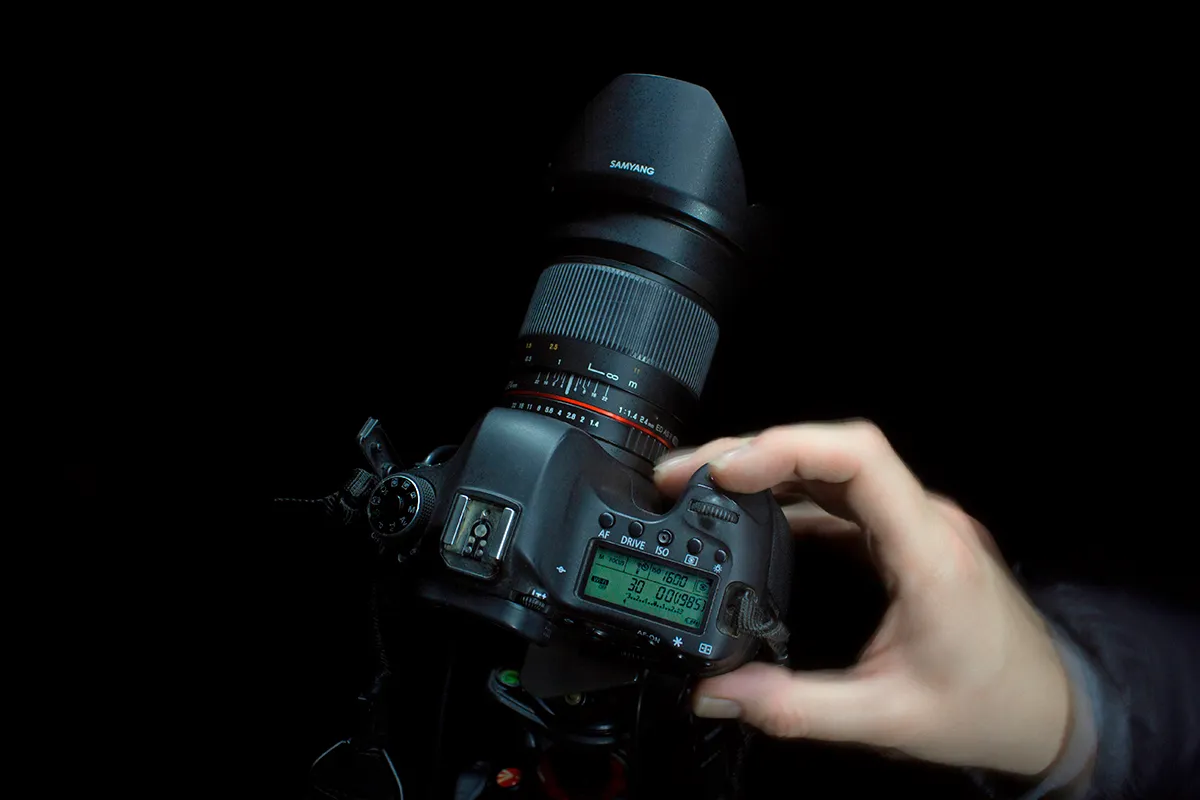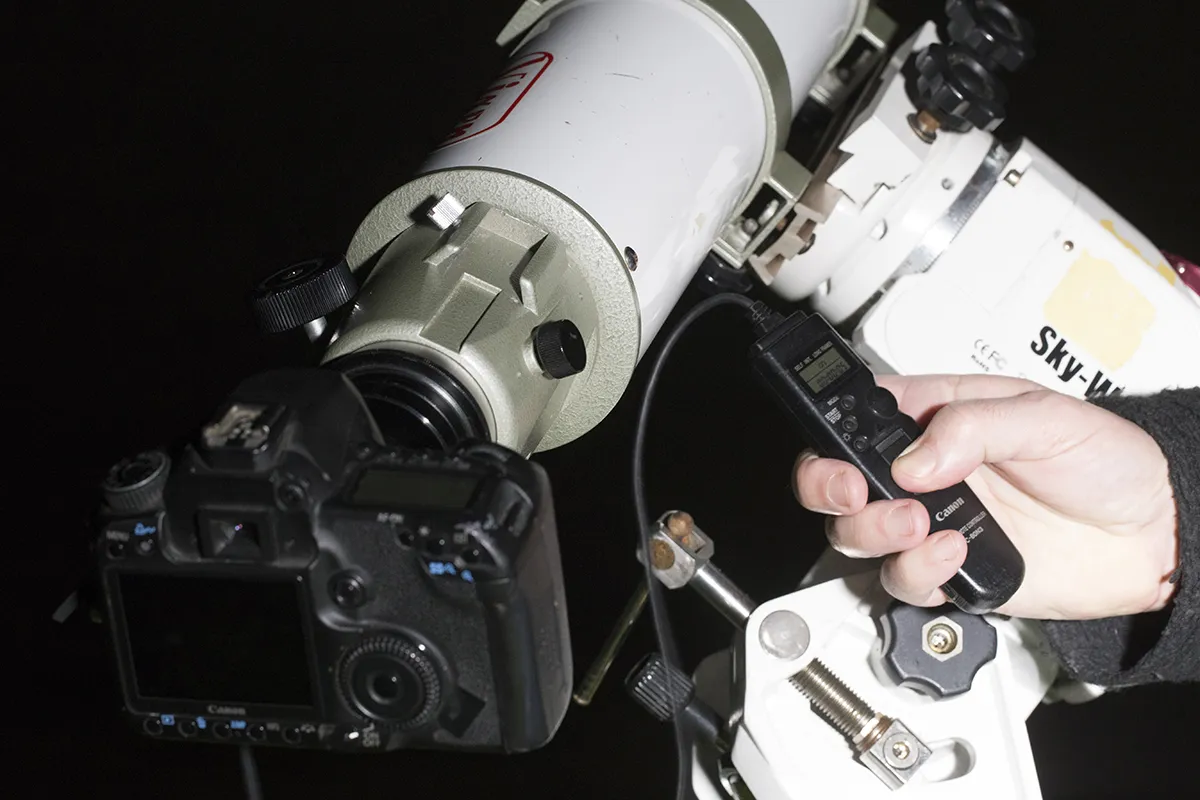Ever notice that your photographs of the Moon show a 'ghost' image of the Moon off to one side?
Don't worry, you haven't accidentally uncovered Earth's secret second satellite! It's all a trick of the light.
More photography tips

Bright astronomical subjects such as the Moon have an overabundance of light.
A bright Moon photographed against a dark sky is an extremely good source for generating spurious 'ghost' images offset to one side of the main subject.

So how do you fix the problem?
It all depends on what arrangement you are using to capture your lunar images, but let's say it's a camera with a standard or telephoto lens attached.
These lenses typically contain many separate lens elements. Each glass surface on these elements has the capability to cause unwanted internal reflection.
If the subject is bright on a dark background, like the Moon against a starry sky, and you are using such a camera arrangement, internal reflections can build up and create many offset images.
Some will be the right way round and others will mirror the main subject.
If this is the case, try stopping the camera lens down (lengthening the exposure to compensate) or you could try using a different lens or even a telescope.
A higher magnification (longer focal-length lens) can also help reduce the effect, as can lenses with good anti-reflection coatings.

Wide-field lenses are particularly prone to causing ghost images.
If you’re using a telescope as a lens, it’s a good idea to make sure that all of the telescope’s internal surfaces are dark and there are no shiny features that can cause internal reflections.
If this is the source of your problem, read Steve Richards' quick guide to flocking a telescope for more info.
Are you an astrophotographer? Whether experienced or complete beginner, don't forget to send us your images and they could end up in a future issue of BBC Sky at Night Magazine.

